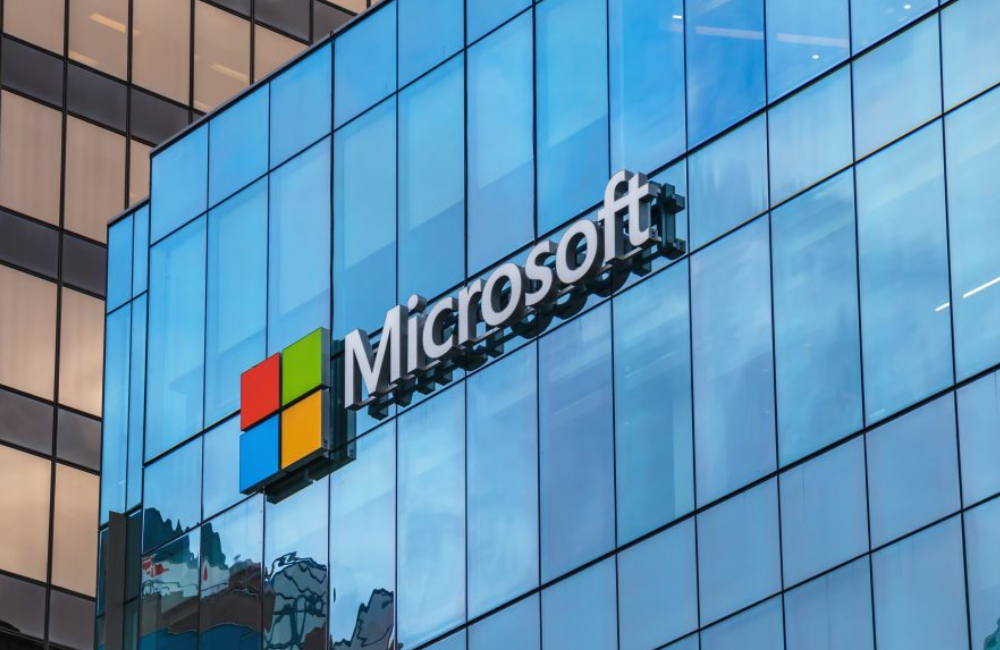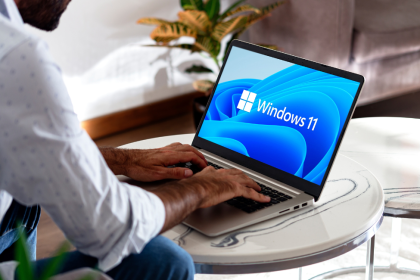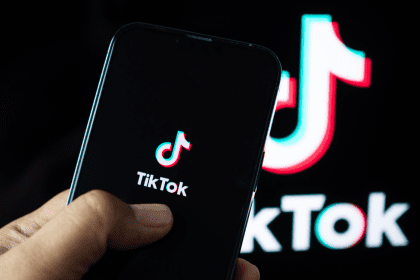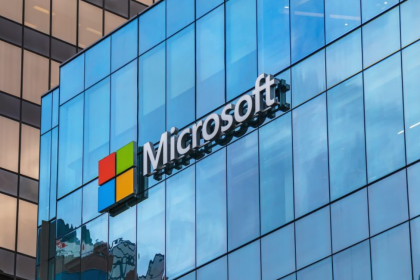Microsoft is scrapping OneNote for Windows 10. This decision affects millions of Windows 10 users worldwide who currently rely on the platform for note-taking and organization.
The technology titan is pulling the plug on the note-taking app on October 14, 2025 – the same day as Microsoft withdraws support for the operating system, which initially debuted in July 2015. Windows 10 has been one of Microsoft’s most successful operating systems, with widespread adoption across personal and business computers.
“As we continue to enhance OneNote with a unified and modern experience, we want to remind you that OneNote for Windows 10 will reach end of support on October 14, 2025,” announced the firm in the Microsoft 365 Message Centre. The transition strategy aligns with Microsoft’s broader goal of unifying their software ecosystem across platforms.
“To avoid disruptions, we strongly urge your organisation to fully transition to OneNote on Windows (OneNote M365) and uninstall the legacy application as soon as possible. Migrating ensures continued access to the latest features, security updates, and a modernised experience.” Many enterprise users regularly utilize OneNote as part of their productivity toolkit.
After the deadline, OneNote for Windows 10 will not receive any updates, and it will not be searchable nor available to be installed in the Microsoft app store. Security experts warn that using unsupported software can increase vulnerability risks significantly after end-of-support dates.
However, a free version of the app can still be accessed online on Microsoft 365. Microsoft’s cloud-based services have seen substantial growth over the past few years, signaling a strategic shift toward subscription-based software delivery models.
In January, Microsoft – which was co-founded in 1975 by Bill Gates and Paul Allen – announced it is ending Windows 10 Office apps support on October 14. The company maintains a global workforce and remains one of the most valuable technology companies in the world.
Its suite of apps, such as Word, PowerPoint and Excel, on the operating software, will also not be given new updates, but it “will continue to function as before.” Office applications are used by people worldwide, making this transition one of the largest software migrations in computing history.
However, over time, there could be “performance and reliability issues”. Technical studies suggest that unsupported software typically experiences decline in performance metrics after support termination.
Microsoft‘s support withdrawal for Windows 10 will see security and feature updates cease for older machines. Cybersecurity researchers have documented that outdated operating systems face more malware attacks compared to supported versions.
Due to the new operating system having much bigger hardware requirements, Microsoft’s older systems cannot meet the requirements. Many existing Windows 10 devices may not meet the minimum specifications for Windows 11, creating a significant challenge for users and IT administrators.
Writing in a blog post earlier this month, Yusef Mehdi, chief marketing officer at Microsoft, hailed 2025 as “the year of the Windows 11 PC refresh”. This marketing push coincides with industry expectations for increased PC sales in the coming year.
“Whether the current PC needs a refresh, or it has security vulnerabilities that require the latest hardware-backed protection, now is the time to move forward with a new Windows 11 PC,” he added. The hardware refresh cycle represents a substantial opportunity for the PC industry according to market analysts.
This transition marks another milestone in Microsoft‘s shift toward newer technologies and cloud-based services. The company has invested heavily in cloud infrastructure over the past few years to support this strategic direction.
Users concerned about the transition have several options, including migrating to the newer OneNote application, exploring alternative note-taking applications, or continuing to use the web-based version. Technology experts recommend beginning migration processes well before end-of-support dates to ensure smooth data transfer and workflow adaptation.
For businesses and organizations, this change necessitates planning for potential hardware upgrades and software transitions. Enterprise IT departments typically require months to fully implement organization-wide software migrations of this scale.
The end of support for OneNote on Windows 10 reflects the ongoing evolution of Microsoft’s software strategy, as the company continues to push users toward newer platforms and subscription services. Industry observers note that this transition is part of a broader trend in software development, where companies are increasingly focusing resources on current-generation products.












